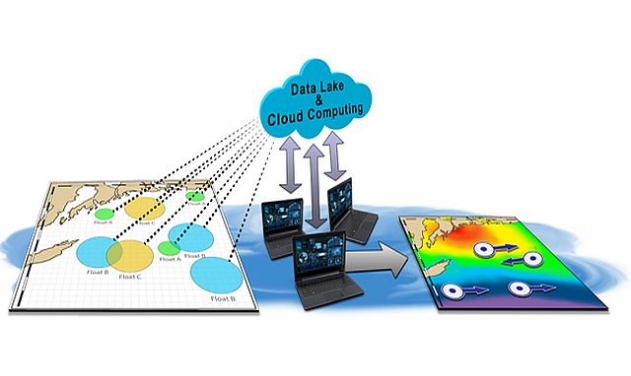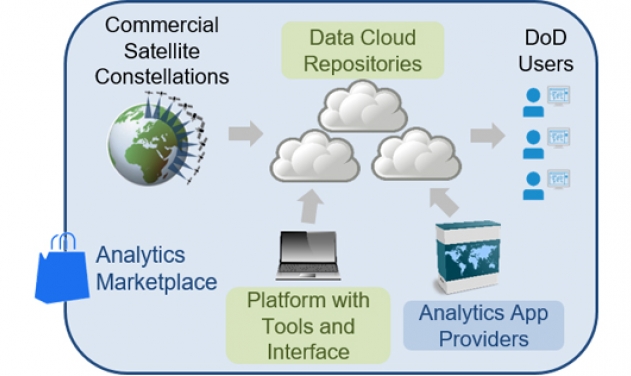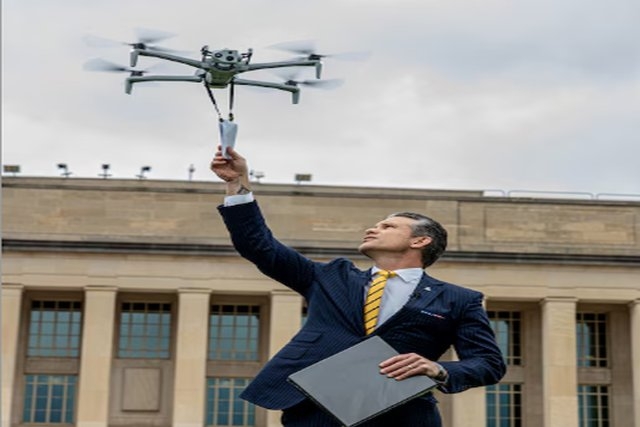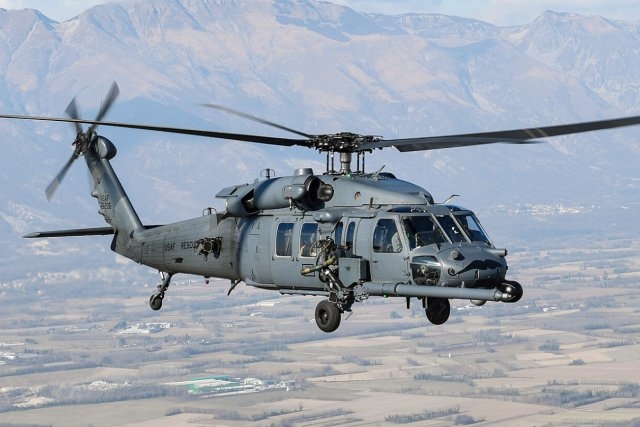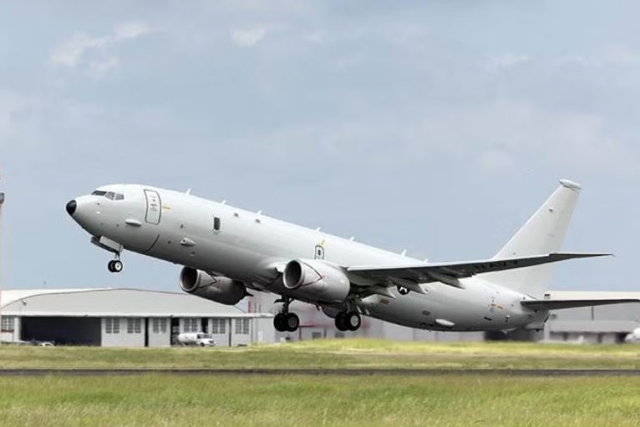Raytheon To Assist DARPA In Demonstrating Collaborative Autonomy for Unmanned Aerial Systems
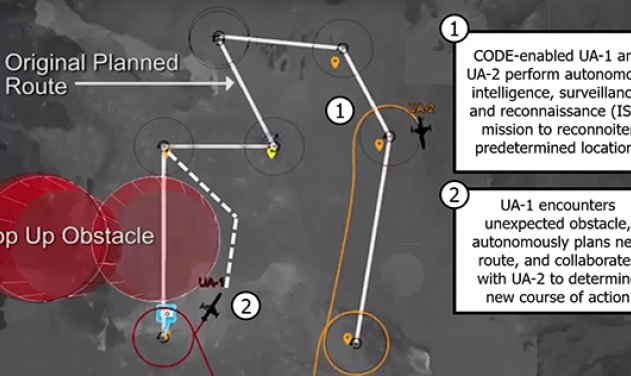
The US Defense Advanced Research Projects Agency (DARPA) has awarded Phase 3 contract in support of Collaborative Operations in Denied Environment (CODE) program to Raytheon Company based Tucson, Arizona, to demonstrate progress toward upgrading legacy unmanned aircraft, enabling easy navigations in constricted environment.
According to DARPA press release, CODE program aims to extend the capability of the U.S. military’s existing unmanned aircraft systems (UASs) to conduct dynamic, long-distance engagements of highly mobile ground and maritime targets in contested or denied battlespaces. Multiple CODE-equipped unmanned aircraft would navigate to their destinations and find, track, identify, and engage targets under established rules of engagement—all under the supervision of a single human mission commander.
Once Phase 3 is fully demonstrated, CODE’s scalable capabilities could greatly enhance the survivability, flexibility, and effectiveness of existing air platforms, as well as reduce the development times and costs of future systems.
“CODE is working to develop a low-cost approach to upgrade legacy unmanned aircraft and make them more effective through groundbreaking algorithms and software that enable them to work together with minimal supervision,” said Jean-Charles Ledé, DARPA program manager for CODE and acting deputy director of the Agency’s Tactical Technology Office (TTO).
To date, the program has conducted Phase 2 flight test series with teams led by Lockheed Martin Corporation (Orlando, Fla.) and Raytheon validating the software open architecture and test-support framework. The teams completed numerous flight tests at Naval Air Weapons Station China Lake in California. The tests flew RQ-23 Tigershark UASs modified with CODE hardware and software to control flight direction, altitude, speed, and sensors.
“The Phase 2 test flights exceeded their objectives to stand up the infrastructure, and showed promising progress toward the future collaborative autonomy capabilities CODE envisions,” Ledé said. “In Phase 3, we anticipate further expanding CODE capabilities by testing greater numbers of aircraft and highly autonomous behaviors in more complex scenarios”.
